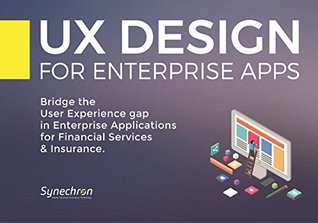

Most ebook files are in PDF format, so you can easily read them using various software such as Foxit Reader or directly on the Google Chrome browser.
Some ebook files are released by publishers in other formats such as .awz, .mobi, .epub, .fb2, etc. You may need to install specific software to read these formats on mobile/PC, such as Calibre.
Please read the tutorial at this link: https://ebookbell.com/faq
We offer FREE conversion to the popular formats you request; however, this may take some time. Therefore, right after payment, please email us, and we will try to provide the service as quickly as possible.
For some exceptional file formats or broken links (if any), please refrain from opening any disputes. Instead, email us first, and we will try to assist within a maximum of 6 hours.
EbookBell Team

4.1
80 reviewsFor years, User Experience (UX) has not been a primary focus area for businesses and organizations. Established brands have garnered significant success on the power of their brand name and the credibility that came with it. The “you buy what I make” thought has dominated the “I will make what you want” approach which has led to UX designers battling between designing strategies for end-user or for the business heads. The digital revolution vows to change this approach as enhanced customer experience is directly proportional to profits and growth. Organizations that are not adaptable to this change will lose ground, resulting in poorer performance and business loss.
Enhanced customer experiences is an extension of how well you understand your customers and their needs. It often boils down to simplicity and ease of interactions across conventional as well as digital channels. A well-defined UX strategy will result in overall cost reduction, speed to market, sales productivity, and a larger pool of loyal customers.
This book highlights the importance of UX in today’s day and age while establishing the business benefits of this approach for the new-age enterprise. It takes you through key process elements that span multiple disciplines, including user research, market research, information architecture, content strategy, wireframes & prototyping, interaction design, maturity models & checklist, visual design and usability testing. It also compares the traditional and modern approach with trending innovative models that combine the latest technology, design thinking and user experience.